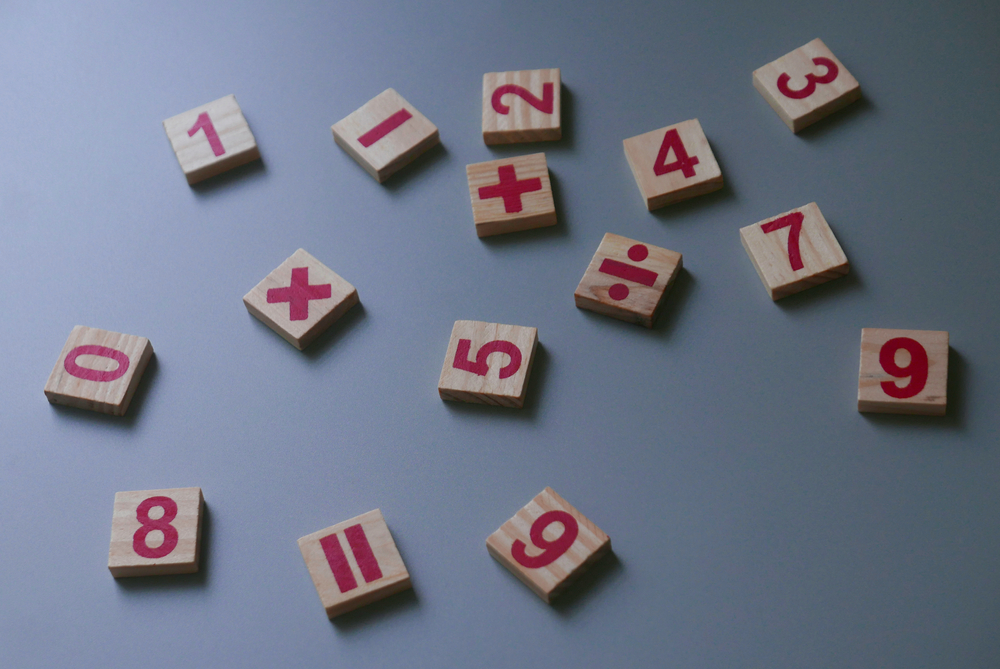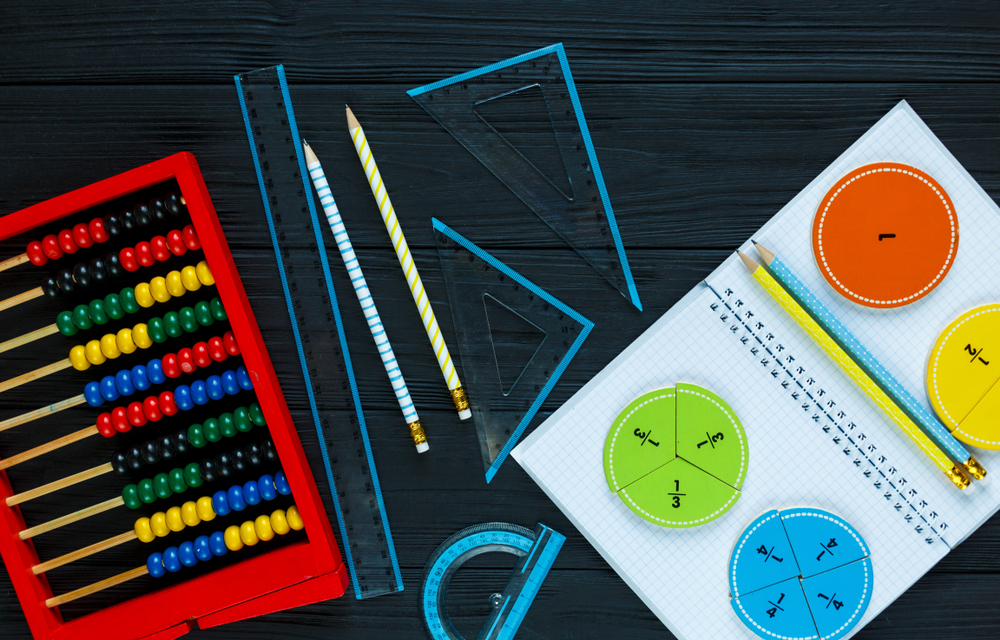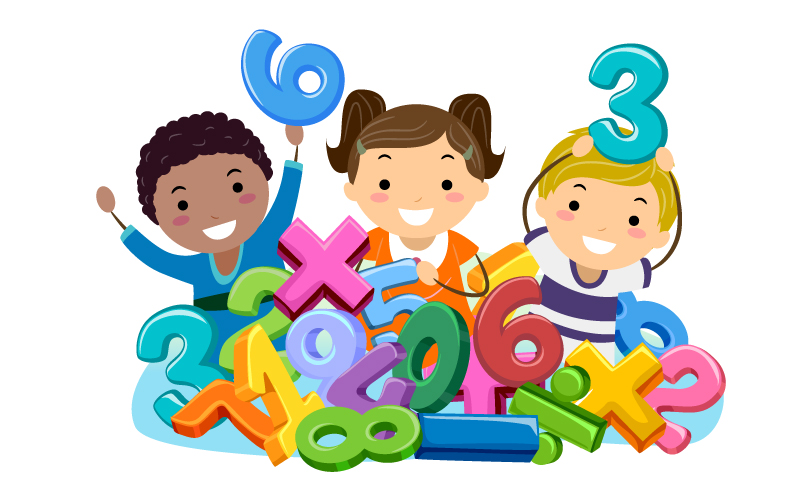Understanding shapes Normal Worksheets for Ages 5-7
5 filtered results
-
From - To
Welcome to our "Understanding Shapes Normal Worksheets" for children aged 5-7! These engaging and interactive worksheets are designed to help young learners explore and recognize various shapes, enhancing their spatial awareness and cognitive development. Through a variety of fun activities, including identifying, coloring, and matching shapes, children will build a solid foundation in geometry. Our worksheets are perfect for classroom use or at-home learning, making them a valuable resource for early education. Encourage your child's creativity and critical thinking skills while they enjoy discovering the world of shapes. Download our worksheets today and watch their understanding grow!
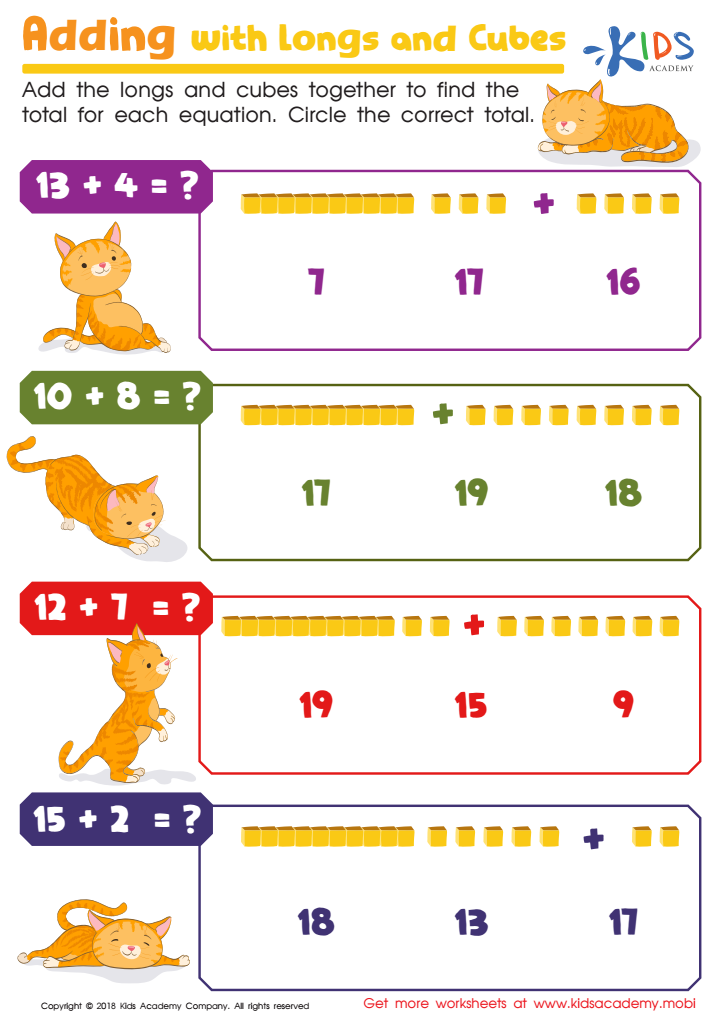

Adding With Longs and Cubes Worksheet
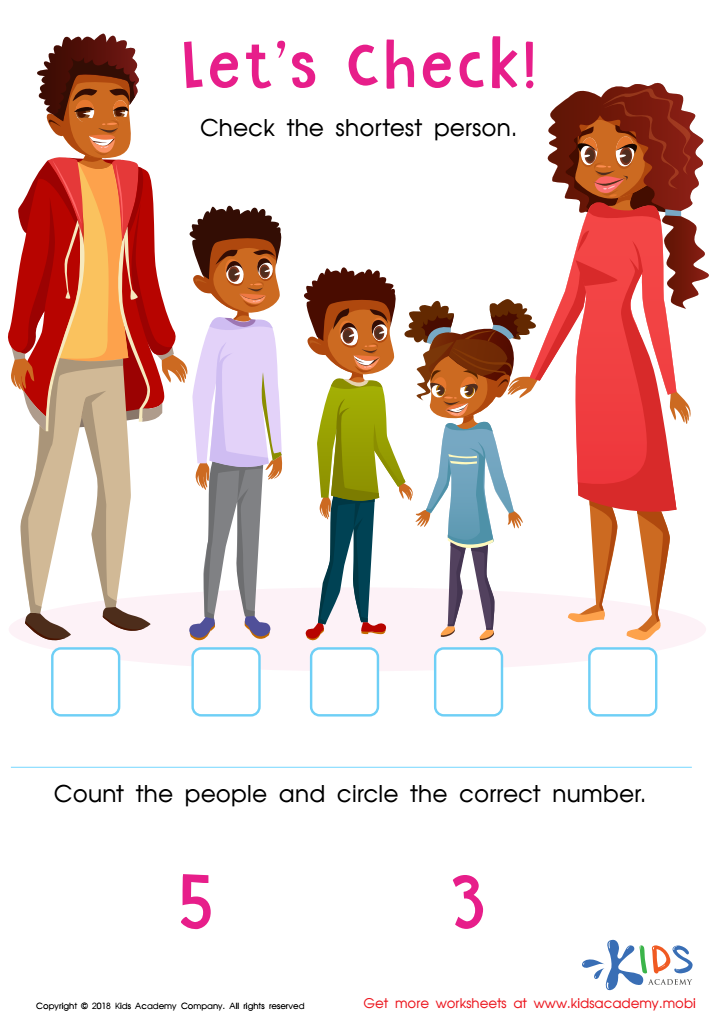

Let's Check! Assessment Worksheet
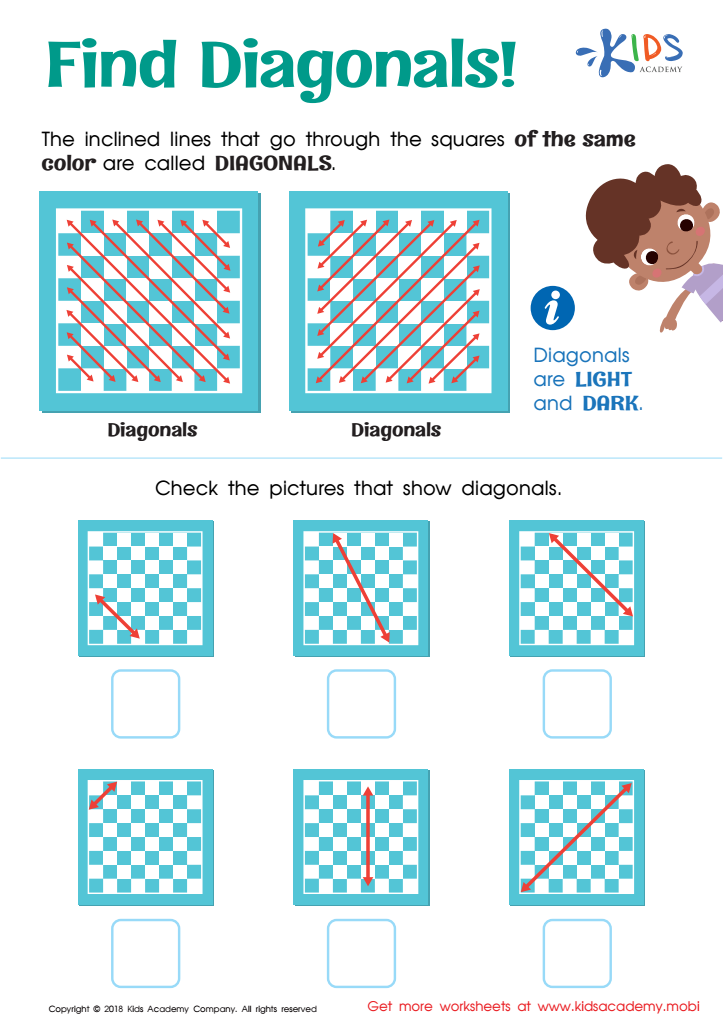

Find Diagonals Worksheet
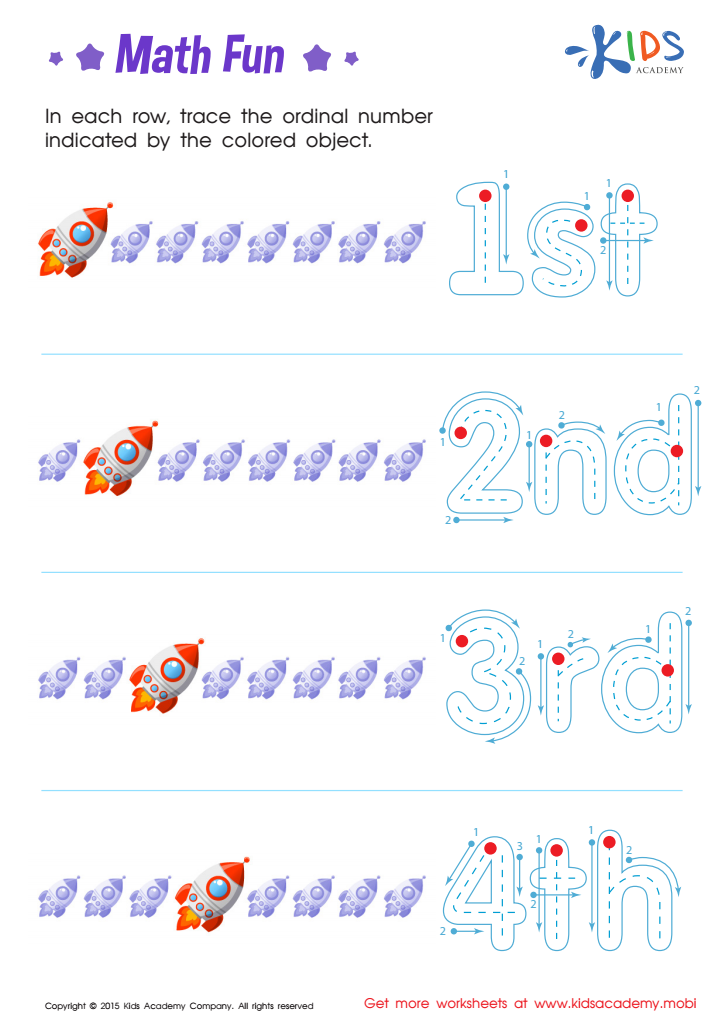

Ordinal Numbers: Math Fun Worksheet
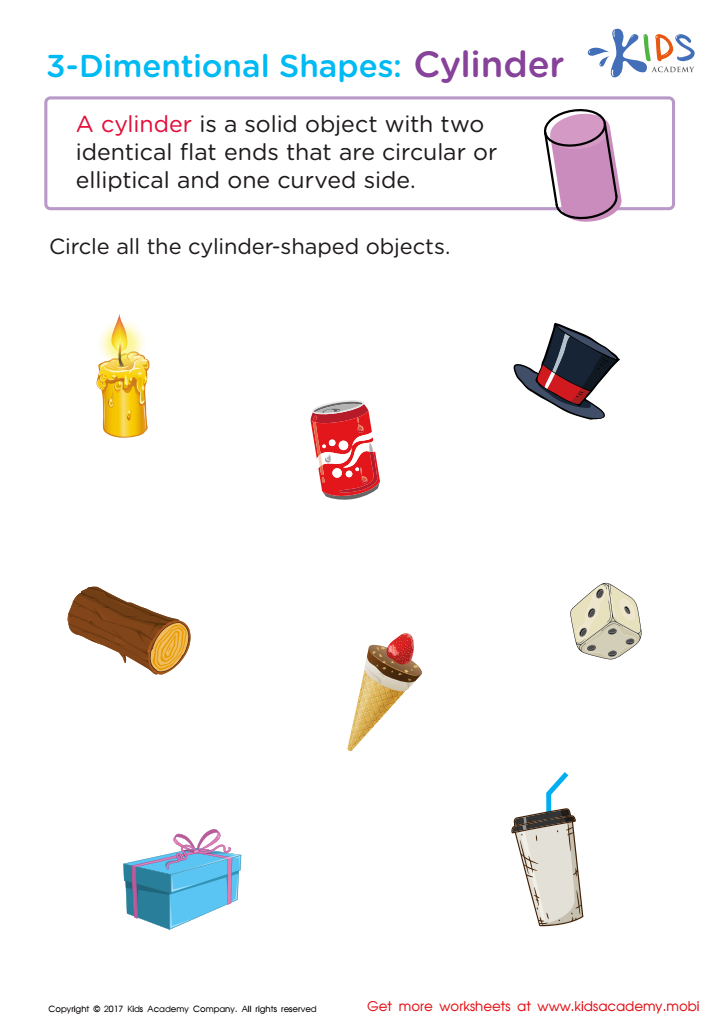

Three–Dimensional Shapes: Cylinder Worksheet
Understanding shapes is a fundamental building block in early childhood education, especially for children aged 5-7. At this stage, children begin to develop spatial awareness, critical thinking, and problem-solving skills, all of which are enhanced through shape recognition and understanding. Learning about shapes helps children categorize and organize their environment, laying the groundwork for more complex mathematical concepts later on.
Moreover, shape recognition is crucial for developing fine motor skills. Activities involving shapes—such as drawing, cutting, or arranging objects—encourage dexterity and hand-eye coordination. These skills not only apply to mathematics but also support literacy and artistic expression.
Additionally, understanding shapes extends beyond basic education; it fosters creativity and imagination. When children learn to recognize various shapes in everyday objects, they become more observant and engaged in their surroundings. This enhances their ability to think critically and apply their knowledge in real-world situations.
For parents and teachers, prioritizing shape understanding fosters a richer learning environment. It connects various subjects—from math to art—and promotes adaptable thinking. By supporting shape learning, adults help children make meaningful associations, setting them up for success in both academic and everyday challenges.
 Assign to My Students
Assign to My Students





